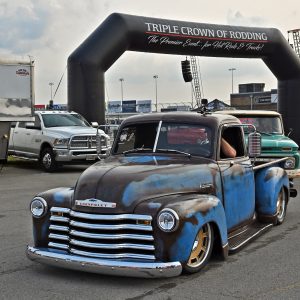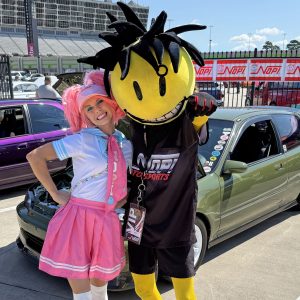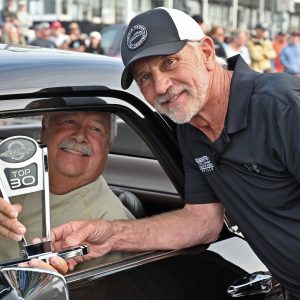July 2023

From showstopper murals to Nitrous Express-fueled speed, Darren Pellechia’s 2002 Ford SVT Lightning lives up to its name in every way. Don’t be fooled by the lowered stance and sleek custom bodywork – this truck packs a punch under the hood with a 75hp nitrous system and tuned Eaton-supercharged engine. Inside, Von Otto murals and premium sound complete the package, making this Lightning a true masterpiece on wheels.
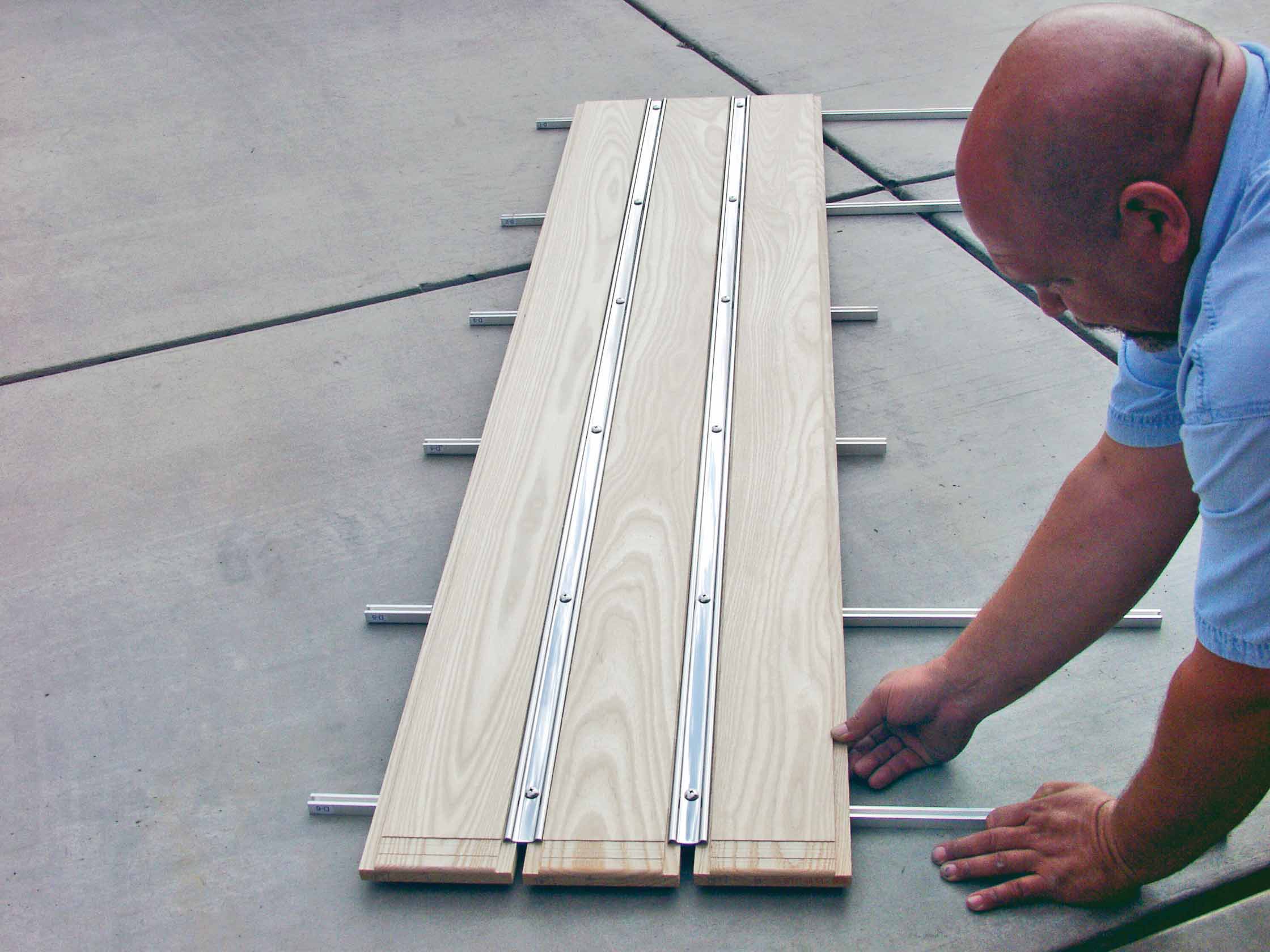
Missing the warmth and beauty of a classic wood truck bed? Say goodbye to sterile steel! Bruce Horkey’s Show Deck brings the elegance of kiln-dried hardwood and mirror-polished stainless steel to your modern truck, transforming it into a show-stopping masterpiece. Available in standard ash or oak, or premium options like cherry, mahogany, and even rosewood, the Show Deck offers a level of customization that makes your truck truly unique.
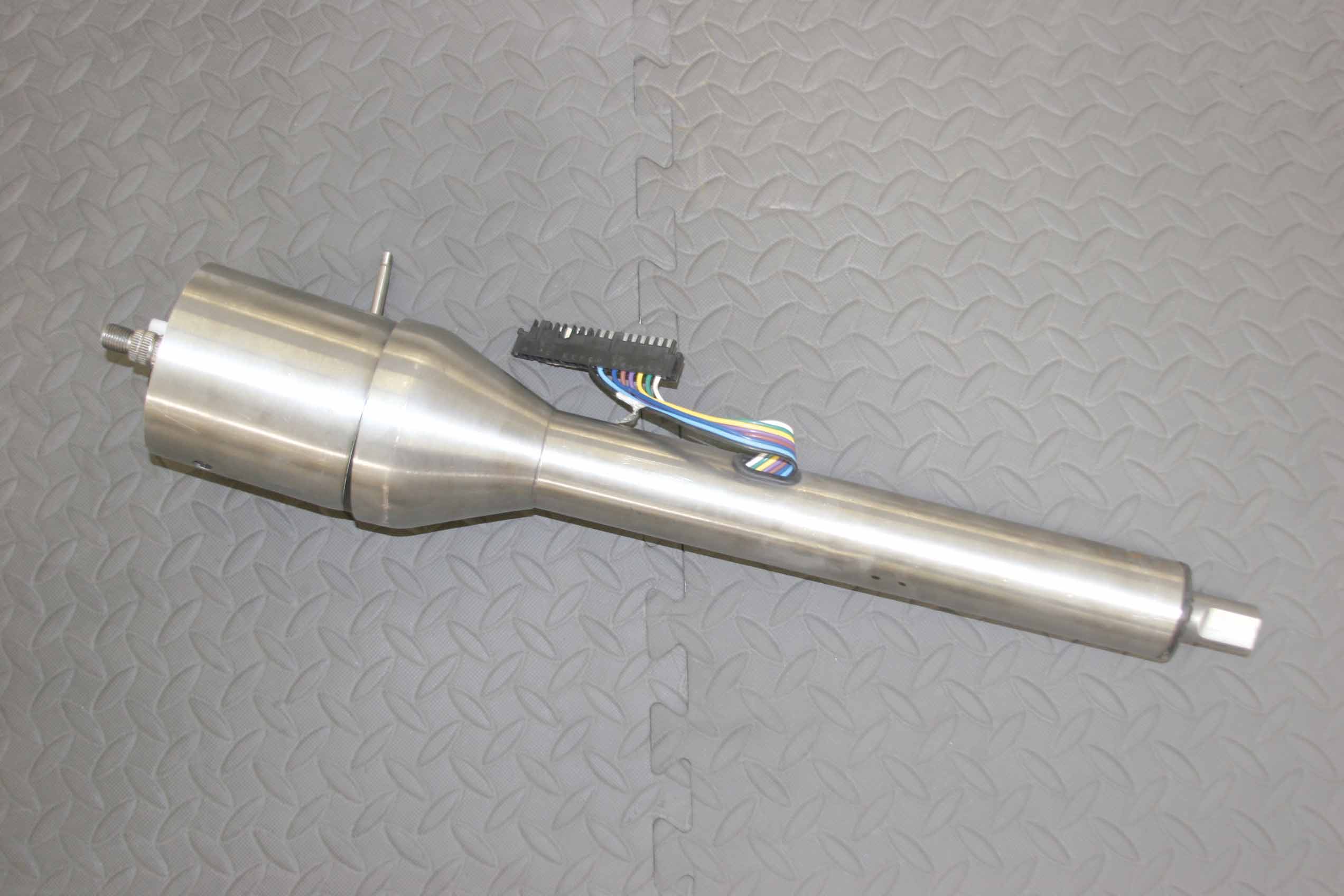
The ididit steering column in the 38 Chevy presented a conundrum for the SRRC crew. Its intended path straight through the engine compartment was blocked by the mighty LS1 lurking beneath. Instead of compromising on engine placement or aesthetics, the team got crafty. Inspired by modern car designs, they opted to dramatically shorten the column and snake it around the engine, hugging the underside of the custom aluminum dash. This not only cleared the heads but also resulted in a sleek and streamlined look that complemented the truck’s overall transformation. This excerpt highlights the resourcefulness and ingenuity involved in custom car builds, showcasing how unconventional solutions can lead to stunning results.
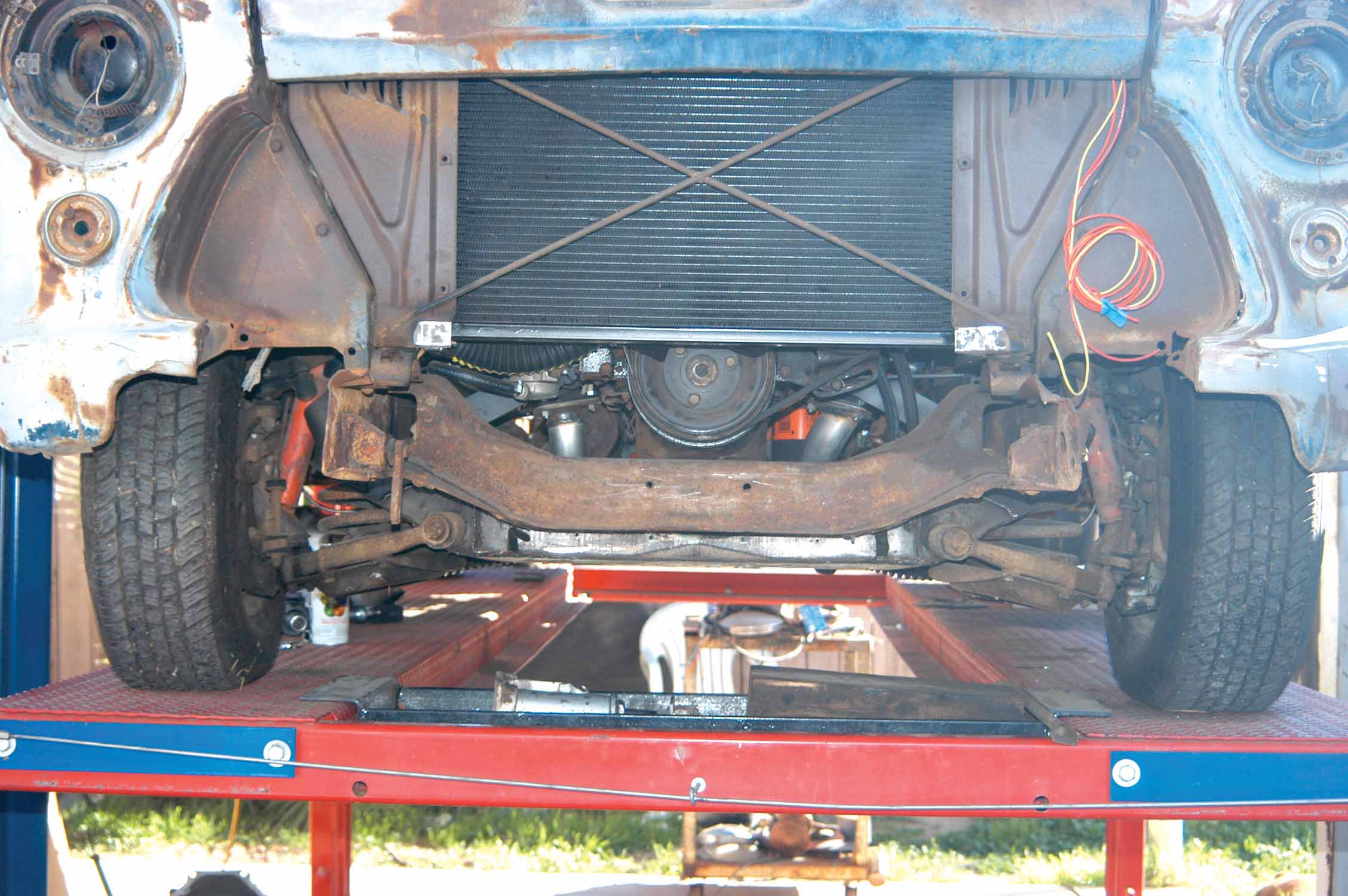
Free Jaguar? Don Shirer couldn’t resist the tempting offer, even if it meant just for the prized suspension lurking beneath. This XJ6 boasted the coveted independent rear suspension and A-frame front, perfect for his vision of a smoother-riding ’55 Chevy pickup. Follow along as Shirer masterfully tackles the swap, using readily available tools and his own ingenuity to bridge the gap between classic and modern.
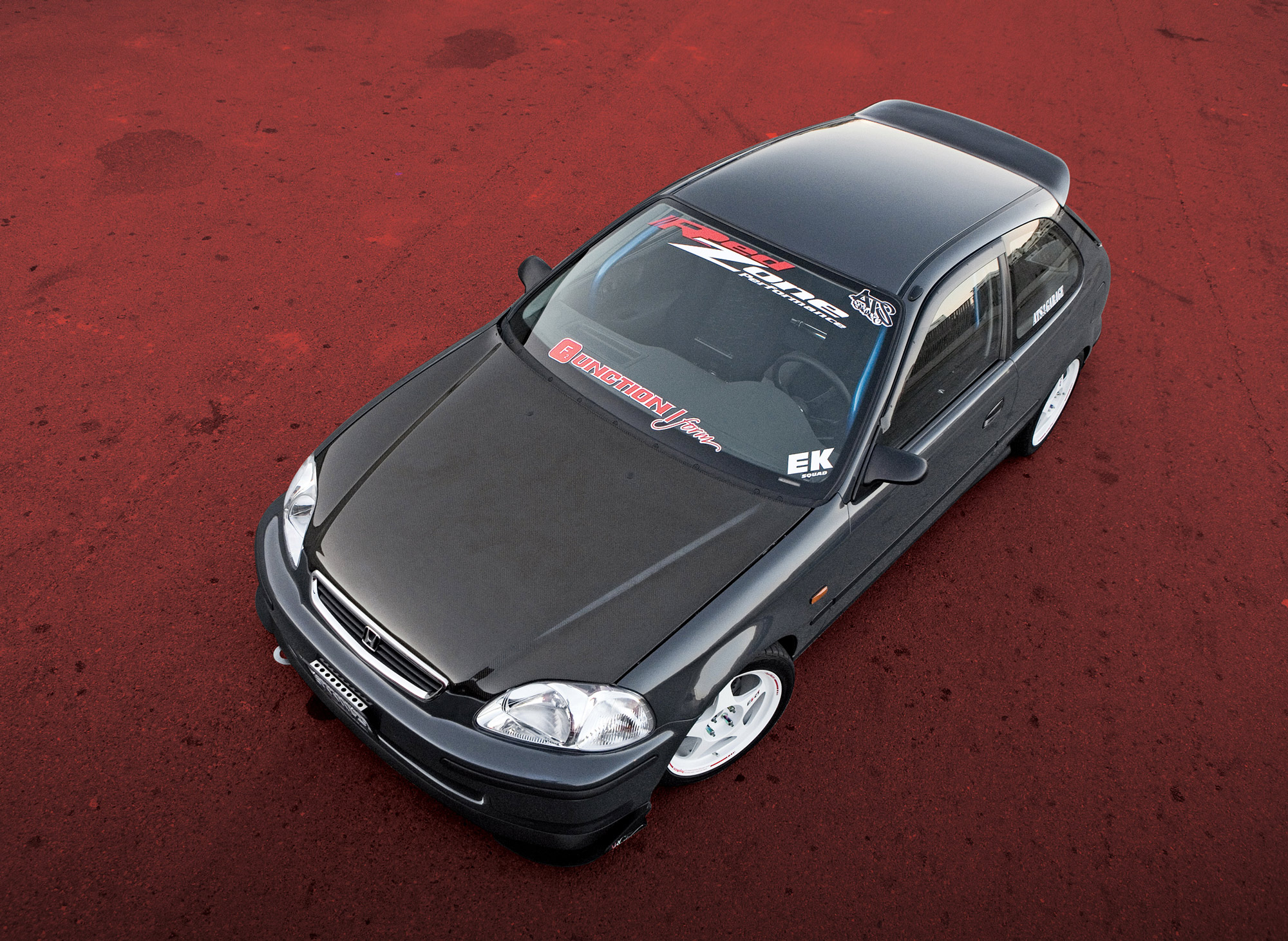
Northern California native Fred Chapman’s ’96 Honda Civic is a project he undertook after having owned a handful of water-cooled Volkswagens. Chapman decided it was time to make the move to the Japanese market, and he found himself owning more Hondas than you can count on one hand. Having been around the Honda scene for well over a decade now, Chapman, with the help of his wife, recently acquired the one “H” car he had always wanted—the one you see here.
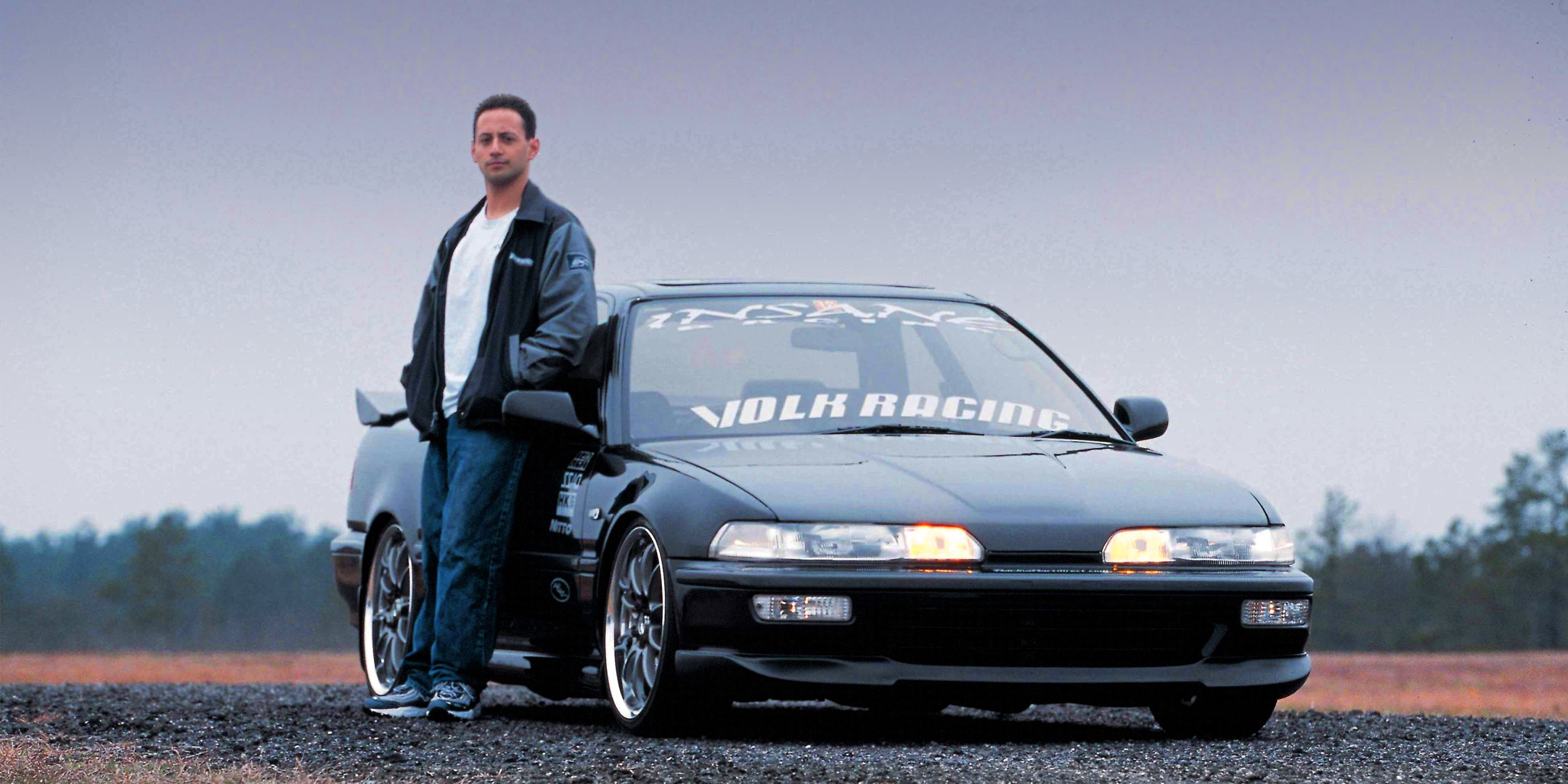
Explore the world of chassis codes and the influence of the JDM movement as tuners decode vehicle identities. Dive into the unique story of Johnny Bauer’s Camouflage Green Effect DC2, a right-hand drive powerhouse with a meticulously designed interior, A’PEXi coilovers, Ray’s Gramlight wheels, and a potent 210hp JDM B18C ITR engine. Discover how form follows function in this exceptional build, where every detail, from the custom paint job to the performance-enhancing modifications, contributes to a standout presence in the competitive JDM scene.

We all know and love the Honda/Acura B-series motors and for good reason. They have been and continue to be the mainstay of the sport compact performance market. Sure, the new K-series motors are making headway with more and more performance pieces and they look to succeed the B-series once the supply of used motors becomes available in the quantities (and pricing) currently enjoyed by the B-series. But for now, Civic, CRX and Integra engine swappers, not to mention the horde of those originally so equipped, have made the B16A, B18A/B, B18C and B18C5 the performance Honda motors of choice.
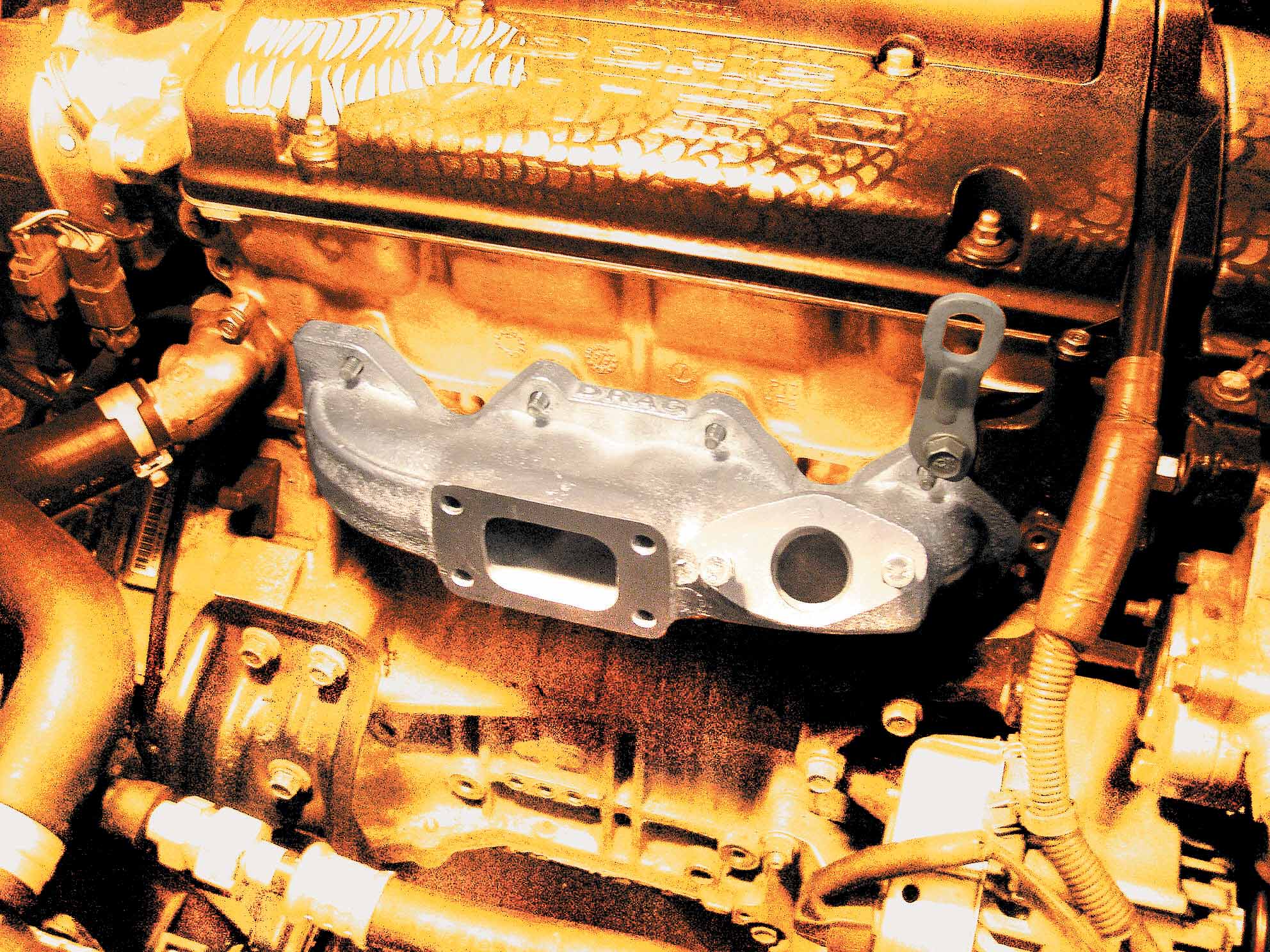
The Honda Prelude may not be as popular as the Civic or the Integra, but it does have a rather large tuner following. One of the reasons that the Prelude isn’t as modified as often as other Hondas is that the model’s initial purchase price is considerably more than a Civic Si or Integra GS-R, since the Prelude was better appointed with options and a more powerful engine.
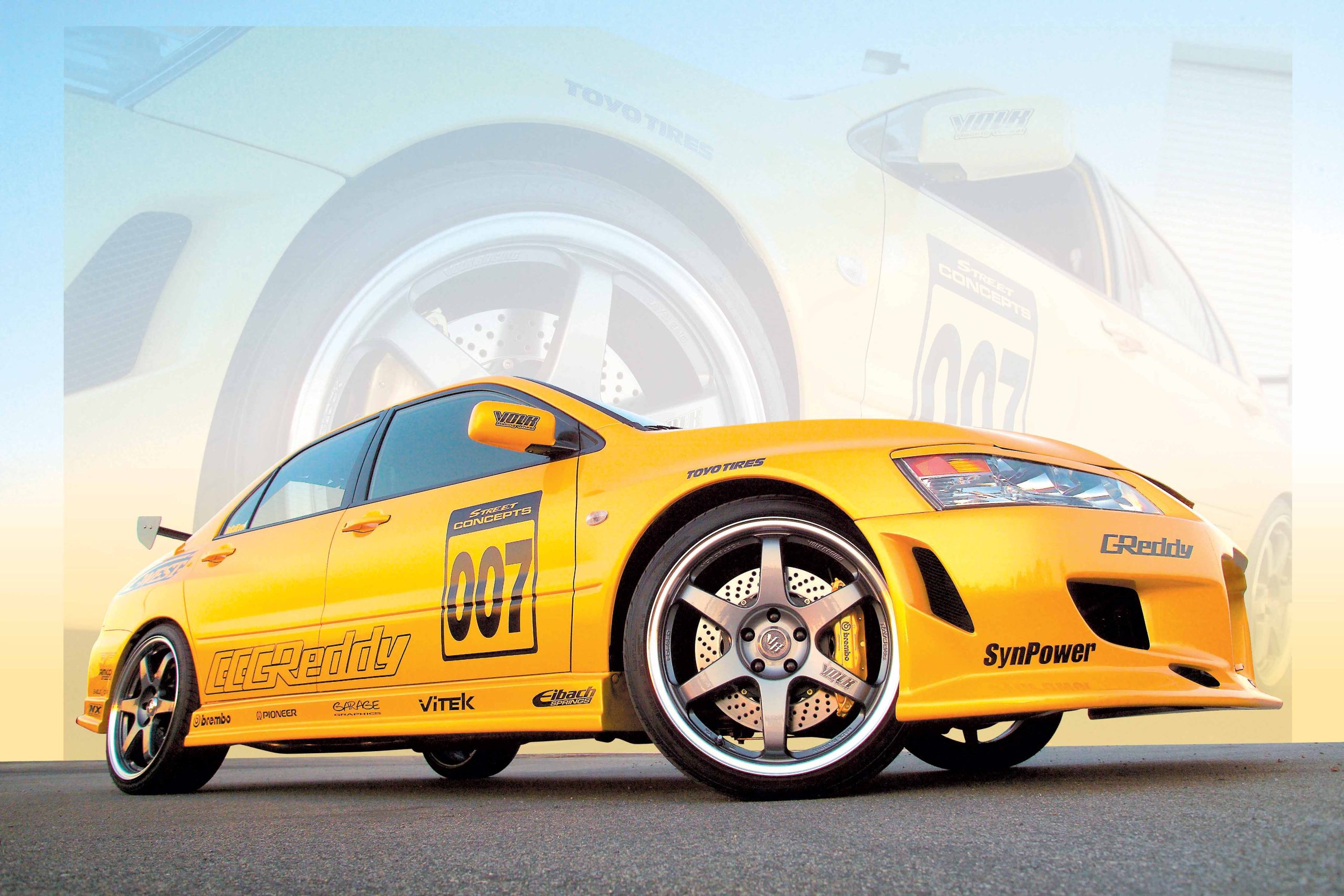
Have you heard of a company called Street Concepts? If you haven’t, get ready, as this month’s cover car belongs to its founder, Shawn Williams. But before we get into the story of this Mitsubishi EVO VIII, we have a couple questions for you.
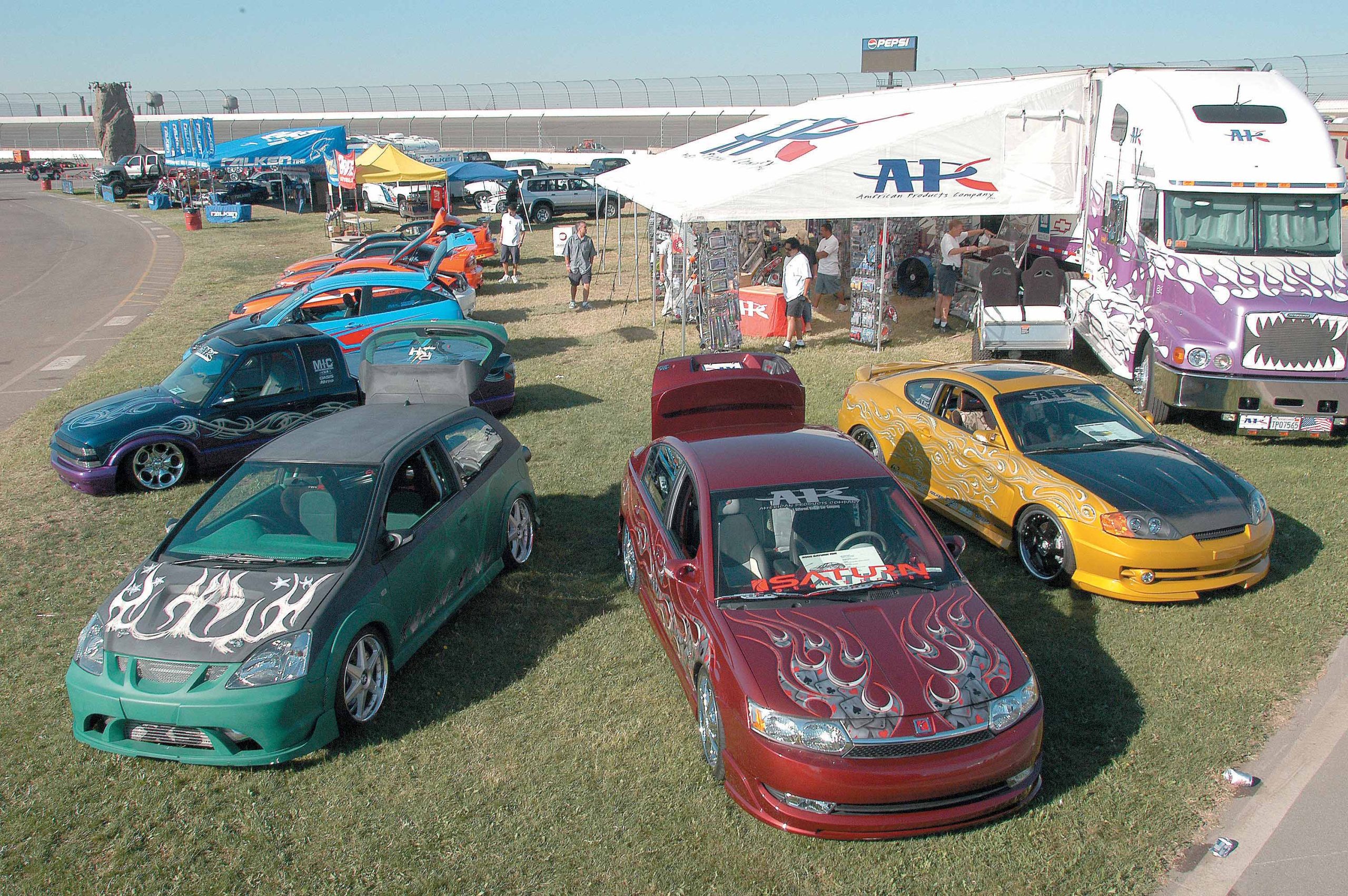
As an automotive enthusiast, you know that a huge part of our scene is showing the world your pride and joy, and car shows have traditionally been the best places to do so. They give you the opportunity to talk shop with people who share the same passion. Individuals with different makes of vehicles are drawn together by the same love affair, whether they are into Hondas, VWs or Nissans, so these are great networking places to learn and make things happen.









